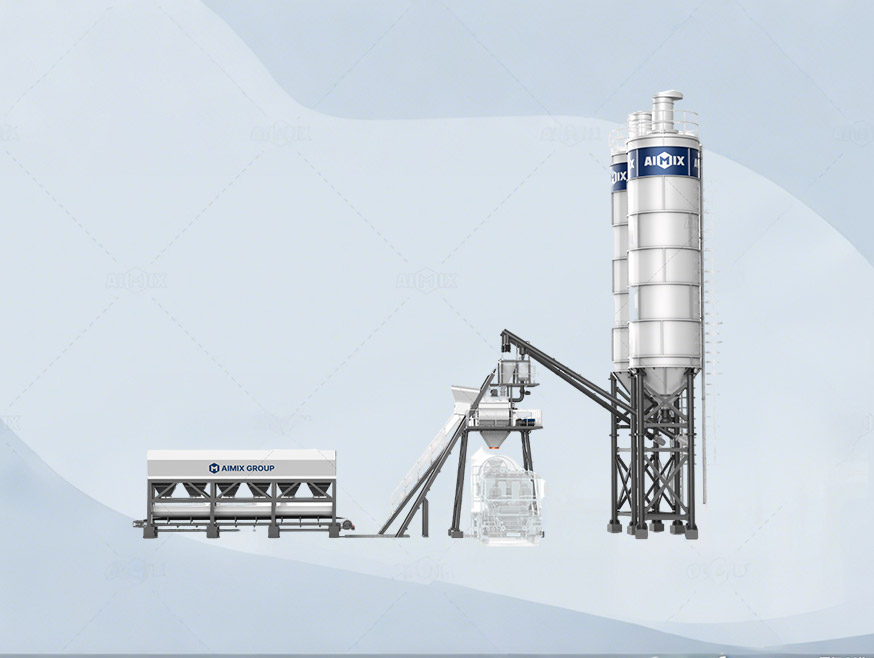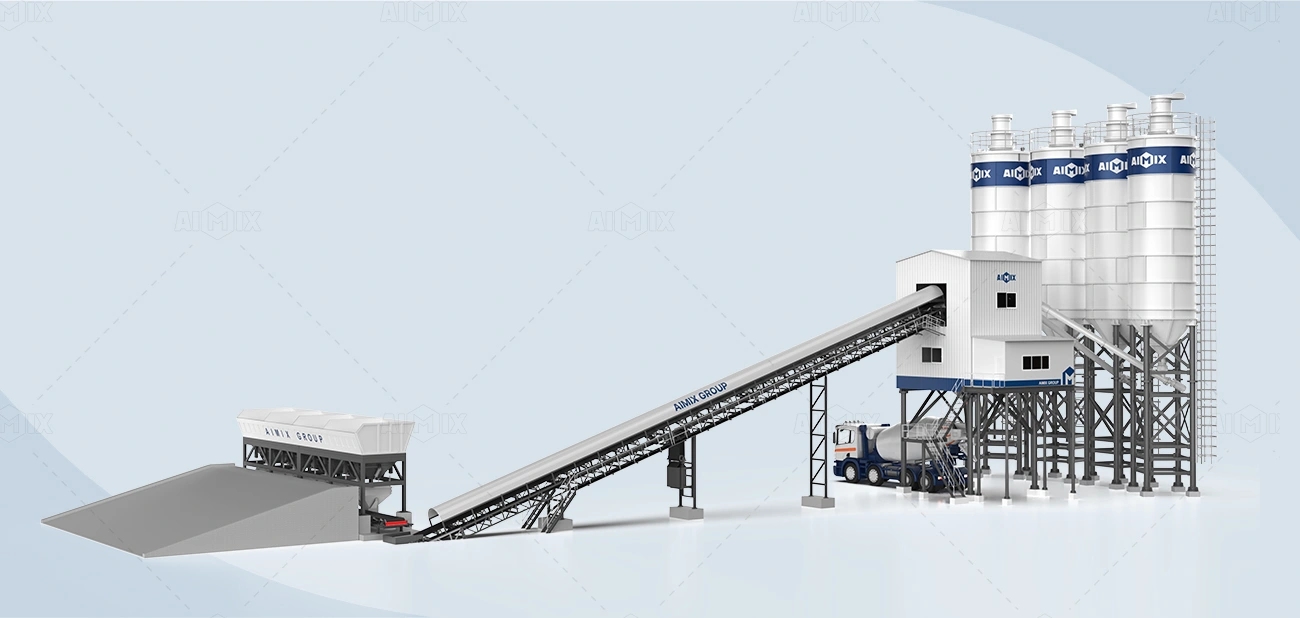Navigating the complex landscape of concrete batching plant investments requires balancing immediate costs with long-term value in a way that keeps both your projects and finances stable. The market presents a dizzying array of options, from entry-level models to premium automated systems, each with distinct concrete batching plant price points and capabilities. What appears as a simple equipment purchase actually represents a strategic decision that will influence your operational efficiency, product quality, and profitability for years to come.
Budget considerations must extend beyond the initial purchase price to encompass the total cost of ownership, including maintenance, energy consumption, and production efficiency. A plant that seems affordable today might become a financial burden tomorrow if it can't keep up with your production demands or requires constant repairs. Conversely, overinvesting in features you won't utilize represents capital that could have been deployed elsewhere in your business. The sweet spot lies in matching plant specifications to your actual operational needs while leaving room for growth.
Basic batching plants with manual controls and simple designs offer the lowest upfront investment, typically ranging from $50,000 to $150,000. These models serve small operations well but often lack the precision and automation that reduce material waste and labor costs. Their limited production capacity (15-30 m³/h) makes them suitable for occasional use rather than continuous commercial production.

Priced between $200,000 and $500,000, these plants incorporate semi-automated controls and more durable components. Production capacities of 60-90 m³/h handle most commercial projects efficiently. The improved measuring accuracy (typically ±1% for aggregates) reduces material costs by 3-5% compared to basic models, often paying for the upgrade within two years.
Advanced PLC systems with recipe management and production tracking command premium prices but deliver measurable returns. Automated ready mix concrete plants achieve batching accuracies of ±0.5% for cement and ±0.1% for water, crucial for high-specification concrete. The labor savings alone typically justify the additional $75,000-$150,000 investment within 18-24 months for operations producing over 20,000 m³ annually.
Twin-shaft mixers cost 30-40% more than planetary mixers but provide superior homogeneity in half the mixing time. For operations producing high-performance or fiber-reinforced concrete, this difference in mix quality can mean the difference between accepted and rejected loads, making the extra investment easily justifiable.

Equipment leasing preserves capital but costs 15-25% more over five years. For growing businesses, lease-to-own arrangements provide flexibility, while established firms benefit from depreciation advantages of direct purchases. The decision hinges on cash flow projections and expected concrete batching plant equipment utilization rates.
Premium brands maintain 50-60% residual value after five years versus 30-40% for generic models. This difference often makes higher-quality plants more economical in the long run, particularly when factoring in lower maintenance costs and higher reliability during ownership.
Selecting the ideal concrete batching plant requires honest assessment of your current needs, realistic growth projections, and careful analysis of operational costs beyond the purchase price. The most cost-effective solution isn't necessarily the cheapest nor the most advanced—it's the one that aligns precisely with your production requirements while offering appropriate room for expansion. By focusing on total cost of ownership rather than just initial price, you'll make a decision that supports both your immediate budget and long-term business success.